7 Hacks to Make High Heels Actually Comfortable

High heels look amazing but often feel like torture devices after just a few hours. Many of us have suffered through blisters, aching arches, and sore toes for the sake of fashion. The good news is you don’t have to choose between style and comfort! With a few clever tricks, you can transform your favorite stilettos from painful to wearable all day long.
1. Choose the Right Size and Fit

Finding the perfect fit makes all the difference in heel comfort. Your feet naturally swell throughout the day, so shop for heels in the afternoon when your feet are at their largest. Leave about a half-inch of space between your longest toe and the shoe tip.
Width matters just as much as length! Squeezing wide feet into narrow shoes guarantees pain. Try different brands since sizing varies widely between manufacturers. Some luxury brands offer wider options or half sizes that provide a more customized fit.
Remember that leather shoes stretch over time, while synthetic materials typically don’t budge much.
2. Break Them In Gradually
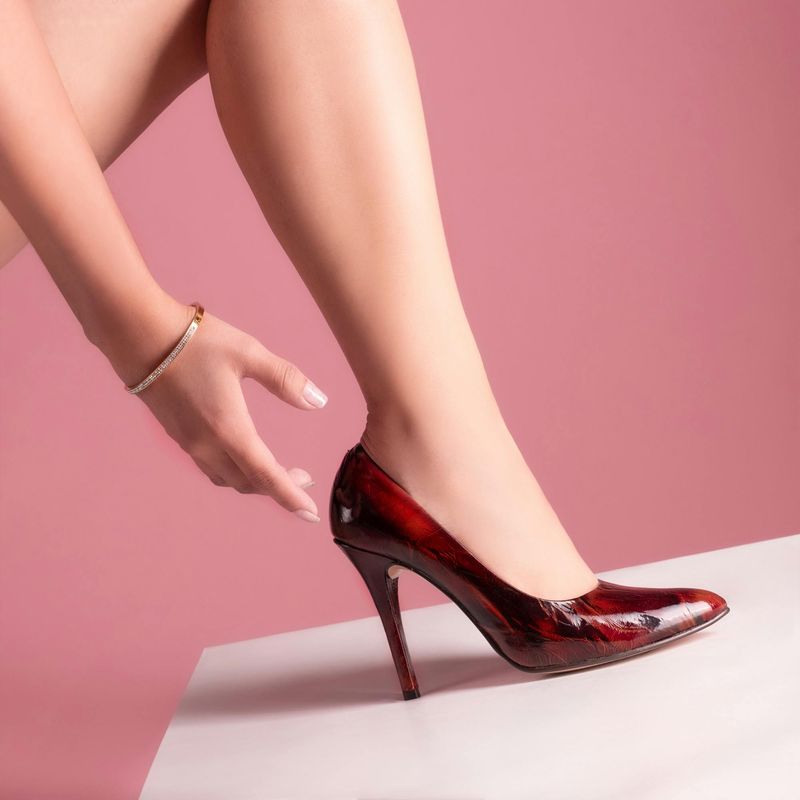
Never wear new heels for a full day right away! Start by wearing them around your house for 30 minutes at a time, gradually increasing duration as they conform to your feet. This gentle approach prevents blisters while allowing the material to soften.
Thick socks help speed up the breaking-in process. Put on heavy socks and wear your heels around the house – the extra pressure will stretch them in all the right places. For stubborn spots, aim a hairdryer at tight areas for a few seconds, then walk in them while they’re still warm.
Professional shoe stretching services can also help with particularly resistant pairs.
3. Use Cushions and Inserts
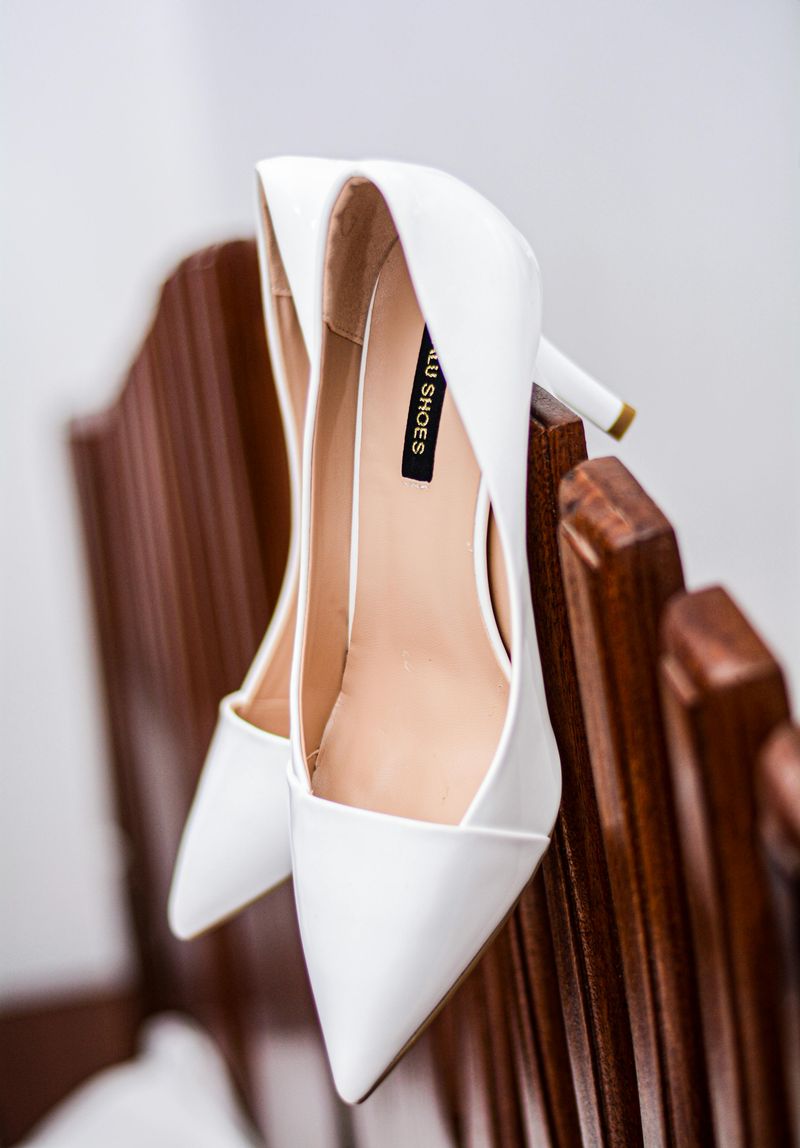
Gel inserts transform painful heels into all-day companions by absorbing shock with each step. Ball-of-foot cushions target the area that bears most of your weight, providing immediate relief where you need it most.
Heel liners prevent blisters by stopping your foot from sliding forward and rubbing against the shoe. For comprehensive comfort, full-length insoles distribute pressure evenly across your entire foot while adding arch support.
Silicone inserts last longer than foam versions and won’t compress over time. Many are reusable and can be transferred between different pairs of shoes, making them a smart investment for heel lovers.
4. Switch Heel Heights and Styles
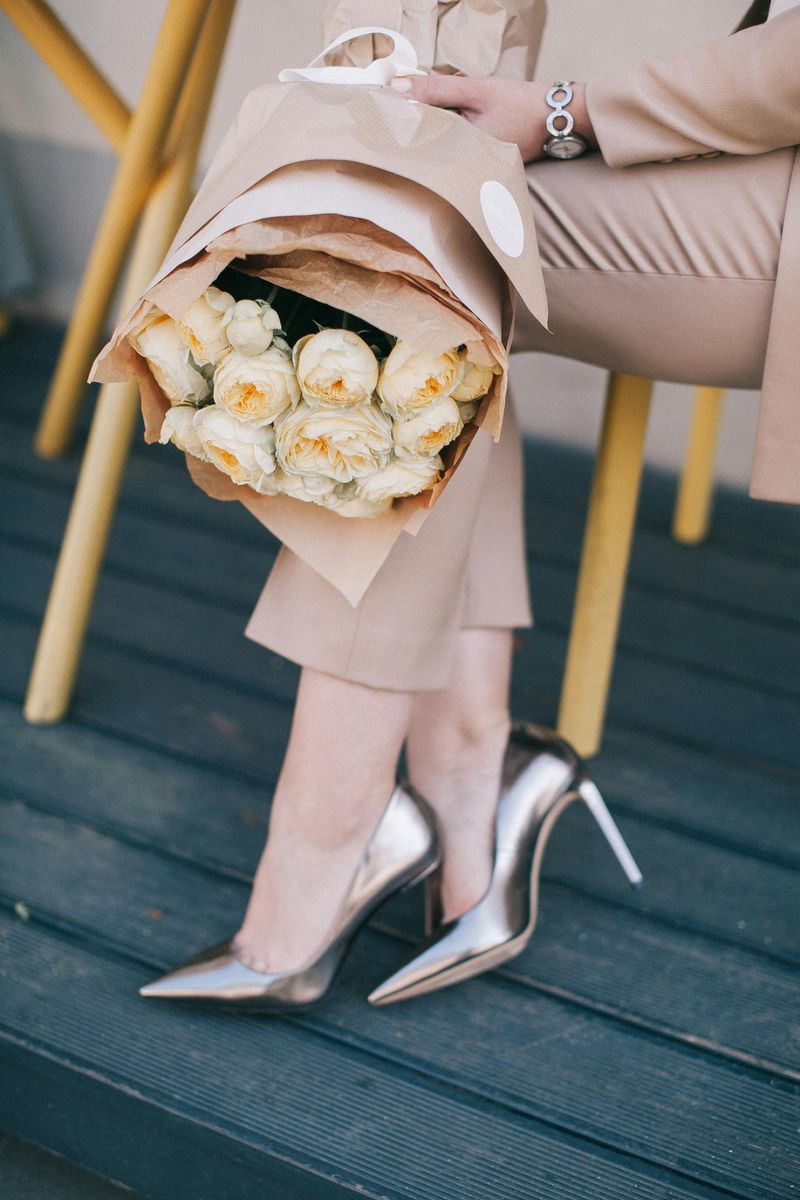
Rotating between different heel heights prevents strain on your Achilles tendon and calf muscles. Wearing 4-inch stilettos every day forces your feet into an unnatural position, but alternating with 2-inch kitten heels gives your feet recovery time.
Block heels and platforms distribute weight more evenly than stilettos. A chunkier heel provides stability while reducing pressure on the ball of your foot. Platforms elevate your entire foot, decreasing the angle between heel and toe.
Mary Janes and ankle straps offer extra support by securing your foot and preventing it from sliding forward. This simple design feature dramatically improves comfort during long wear.
5. Prep Your Feet
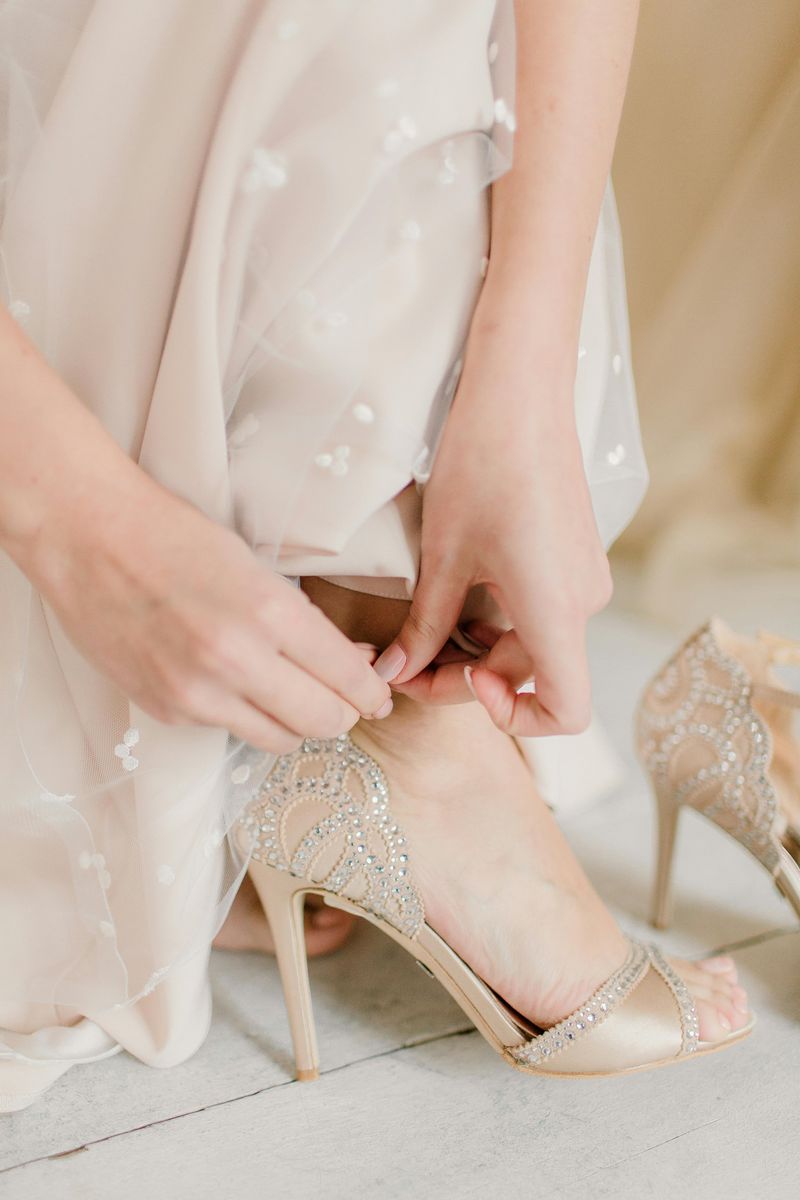
Moisturized feet resist blisters better than dry ones. Apply foot cream nightly to keep skin supple and less prone to friction injuries. Pay special attention to rough areas like heels and the balls of your feet.
A foot peel mask once monthly removes calluses that can cause uneven pressure points. For immediate protection before wearing heels, apply petroleum jelly to blister-prone areas or use specialized anti-friction sticks designed for runners.
Strengthening exercises like toe curls and calf raises build foot muscles that support your weight in heels. Strong, flexible feet adapt better to the challenges of high heels and recover faster afterward.
6. Use the Freezer Hack
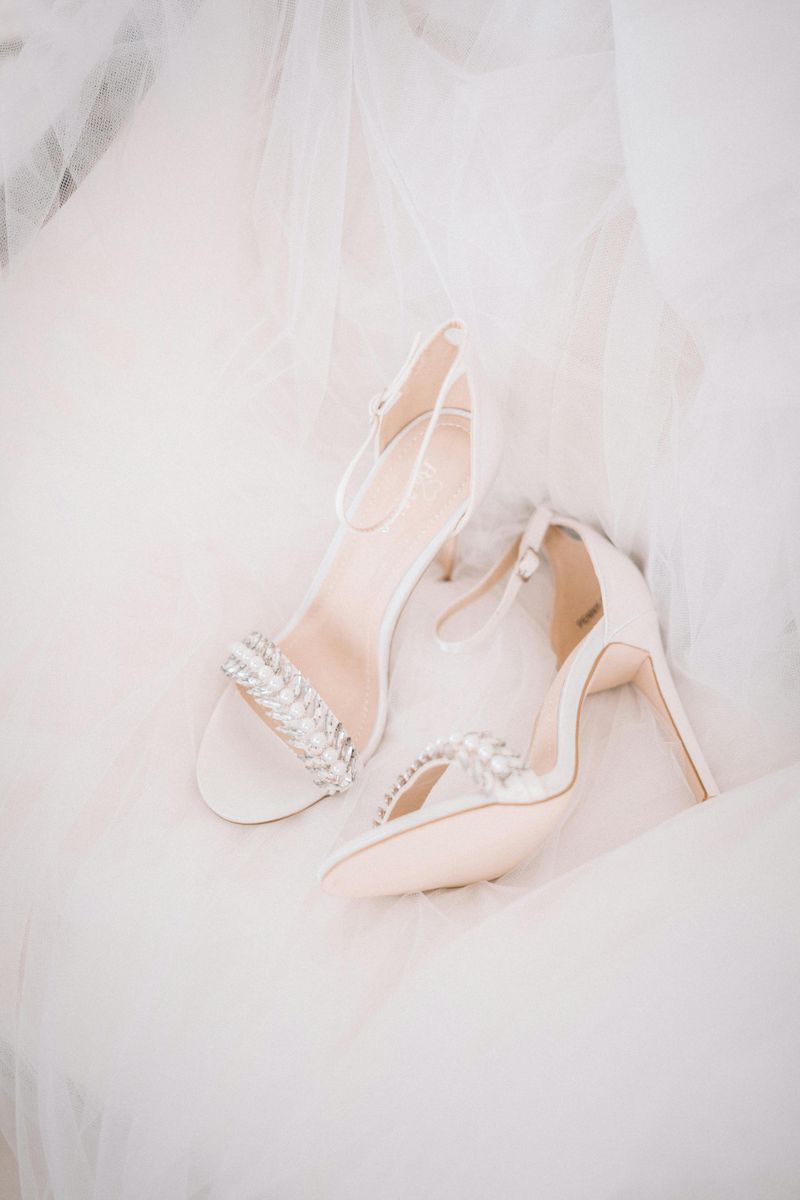
This genius trick uses water’s expanding properties when frozen to stretch tight shoes. Fill two small ziplock bags halfway with water and seal tightly, removing excess air. Place each bag inside your heels, positioning them where the shoes feel tightest.
Put the water-filled shoes in your freezer overnight. As water freezes, it expands, gently stretching the material without damaging it. Let the ice melt slightly before removing the bags to avoid tearing.
This method works particularly well for leather and some synthetic materials. For delicate fabrics like suede or satin, use a commercial shoe stretcher spray instead to avoid water damage.
7. Watch Your Posture and Walking Technique
Proper walking technique dramatically improves heel comfort. Step heel-to-toe rather than placing your entire foot down at once. Keep your core engaged and shoulders back to distribute weight evenly through your body instead of concentrating it on your feet.
Short, confident steps prevent the forward sliding that causes toe cramping. Practice walking by imagining a straight line ahead of you and placing one foot directly in front of the other – models call this “walking the runway.”
When standing, shift your weight frequently between feet and take seated breaks whenever possible. Even brief periods off your feet allow blood circulation to return, reducing swelling and discomfort.

Comments
Loading…